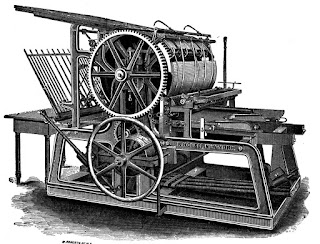I really found that this weeks material and topic spoke to me in a larger way than the previous topics in this class. I believe this has something to do with the fact that medical technology has somewhat been a larger part of my life than most people due to the fact that I'm a student athlete. In addition, by just growing up and participating in various sports the risk of injury can go up rather than not playing a sport. I can remember when I was 13 that I had to get a few MRI's as a result of a fall I had when I was skiing. Initially the doctors believed that I tore my ACL and needed to get the images from my knee to determine the extent of my injury. On a broader spectrum the advances in medical technology have allowed doctors to explore the human body non-invasively through the use of these photos provided by MRI's, PET scans, or CT scans. This has also lead to hundreds of breakthroughs for doctors and researchers alike which in turn has contributed to saving millions of lives per year.
This week the Professor also touched on the use of Grey's Anatomy, a medical book published by Henry Grey, which is vital to understanding the intersection of art and medical technology and or medical studies. This book comes with several diagrams and photos of various parts of the human anatomy. Without these pictures or other artistic representations, doctors would have a limited understanding of the human body and would be unable to perform the correct medical procedure based on the patients needs. Before I reviewed Grey's Anatomy I was much less educated on how the worlds of art and the medical field really intertwine and without it I believe that this world would be a much different place.
Sources:
Fornell, Dave. "Recent Advances in MRI Technology"
https://www.itnonline.com/article/recent-advances-mri-technology
Glatter, Robert MD. "Can Studying Art Help Medical Students Become Better Doctors"
https://www.forbes.com/sites/robertglatter/2013/10/20/can-studying-art-help-medical-students-become-better-doctors/#426ce5664cdb
"Positron Emission Tomography - Computed Tomography (PET/CT)"
https://www.radiologyinfo.org/en/info.cfm?pg=pet
Rosenhek, Jackie. "Dissecting Grey's Anatomy"
http://www.doctorsreview.com/history/dissecting-grays-anatomy/
UCSF Department of Radiology & Biomedical Imaging. "MRI Safety"
https://radiology.ucsf.edu/patient-care/patient-safety/mri








